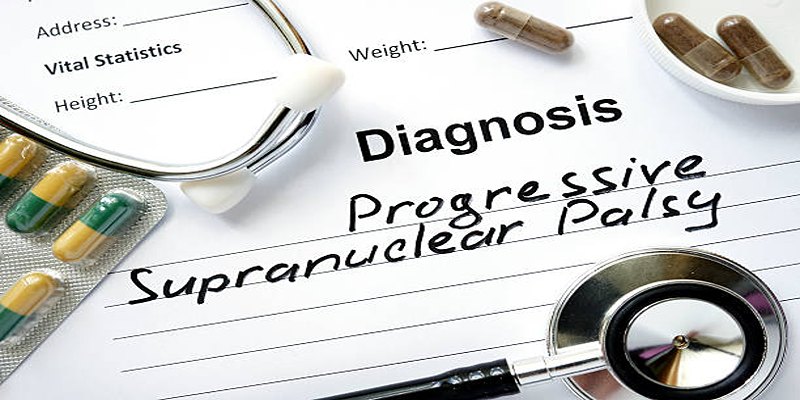Tic disorders are neurodevelopmental conditions that often begin in childhood, characterized by sudden, repetitive movements or vocal sounds. These tics can vary in frequency and severity, potentially impacting daily life and social interactions. Understanding the symptoms, causes, and available support is crucial for early intervention and helping children manage these challenges effectively.
What Are Tic Disorders?

Tic disorders are conditions that cause the appearance of involuntary repetitive movements or sounds known as tics. These may be either simple, as blinking or throat clearing, or complex, involving several muscle groups or patterned speech. The most familiar ones are:
- Provisional Tic Disorder: This is whereby an individual experiences tics that are not yet lasted a year. They may be motor (blinking, shouldering shrugging) or vocal (throat clearing, grunting) and may be transient, sometimes disappearing by itself and requiring no treatment.
- Chronic Motor or Vocal Tic Disorder: In this disorder, there are either motor tics (repeated movements, including facial grimacing or head jerking) or vocal tics (repeated sounds or words), but not both motor and vocal tics, occurring for more than one year.
- Tourette Syndrome: Tourette Syndrome is the most complicated of the tic disorders, because it is characterized by both motor tics (such as eye blinking, head movements or jumping) and vocal tics (such as sniffing, throat clearing or verbal outbursts).
Types of Tics:
Tics are usually grouped into two main categories, making them easier to understand:
1. Motor Tics
These involve movements of the body. Common examples include:
- Frequent eye blinking may occur repeatedly and involuntarily.
- Sudden head jerking movements can disrupt posture or balance.
- Repeated shoulder shrugging often appears as a quick, unintentional motion.
- Facial grimacing, including twisting or contorting facial expressions, occurs unexpectedly.
Simple motor tics are single (affecting one group of muscles) or multiple (affecting coordinated movements in many areas).
2. Vocal Tics
These involve sounds produced by the voice or throat. Examples include:
- Grunting
- Sniffing
- Throat clearing
- Repetitive words or phrases
Like motor tics, vocal tics can also range from simple to complex depending on the duration and involvement.
Common Symptoms of Tic Disorders:
Children with tic disorders may show one or more of the following symptoms:
- Sudden, rapid, and recurrent movements or sounds
- Increased tics during periods of stress or excitement
- Temporary suppression of tics followed by stronger expression
- Changing types of tics over time
- Emotional or social difficulties, especially if teased by peers
Tics may worsen with fatigue or anxiety and often lessen during focused activities such as reading or playing.
When to Seek Help?
Occasional tics are common in childhood and often resolve on their own. However, professional evaluation is recommended when:
- Tics persist for more than a year, occurring frequently and showing little sign of improvement over time.
- They interfere with important areas of daily life, such as performance and focus at school, family interactions at home, or social connections and relationships with peers.
- The child may feel significant distress, frustration, or embarrassment because of the tics, which can lead to low self-esteem or a reduced sense of confidence in social or personal situations.
Early intervention can help manage symptoms and prevent further complications.
Possible Causes and Risk Factors:
The exact cause of tic disorders remains unclear, but several contributing factors have been identified:
1. Neurological Basis
Tic disorders are believed to stem from differences in brain structure and function, particularly involving areas that control movement.
2. Genetics
There is evidence that tic disorders can run in families. A child with a parent or sibling who has tics may have an increased chance of developing a similar condition.
3. Environmental Influences
Certain external stressors or early life experiences might contribute to the onset or worsening of tics. These may include major life changes or emotional challenges.
4. Co-Existing Conditions
Children with tic disorders often have additional challenges such as:
- Attention-related difficulties: Struggling to maintain focus on tasks, getting easily distracted, or having trouble sustaining concentration for extended periods.
- Learning difficulties: Facing challenges in processing, understanding, or retaining new information, which can impact academic or workplace performance.
- Emotional regulation challenges: Difficulty managing or controlling emotional responses, leading to heightened reactions, mood swings, or trouble coping with stress.
These co-occurring conditions may influence how tics are expressed and managed.
Diagnosis and Evaluation:
A thorough evaluation is necessary to confirm a tic disorder and rule out other conditions. This usually involves:
- Medical History: Review of symptom onset, patterns, and family history.
- Physical and Neurological Exam: To ensure there is no other underlying cause.
- Behavioral Observations: Tracking frequency, type, and intensity of tics.
There are no specific laboratory tests or imaging procedures required for diagnosis, though they may be used in certain cases to eliminate other possibilities.
Treatment and Management:
Treatment plans depend on the severity of the disorder and its impact on the child’s daily life. Many children do not require formal treatment if their tics are mild and do not interfere with functioning.
1. Behavioral Therapy
One of the most effective methods for managing tics is Comprehensive Behavioral Intervention for Tics (CBIT). This structured program helps children become more aware of their tics and develop competing responses to reduce them.
2. Educational Support
School accommodations can greatly assist children with tic disorders. These may include:
- Extra time for assignments
- Frequent breaks during testing
- Modified classroom seating to reduce distractions
Educating teachers and classmates about tic disorders also promotes a supportive learning environment.
3. Family Involvement
Parental understanding and support play a vital role in managing tic disorders. Positive reinforcement, structured routines, and a low-stress home environment can reduce symptom intensity.
Myths and Misunderstandings:
Tic disorders are often misunderstood, leading to unnecessary worry or social stigma. Some common myths include:
- "Tics are always permanent." Many tics improve or disappear over time, especially as the child matures.
- "Children can control their tics if they try harder." While some children can temporarily suppress tics, doing so can be uncomfortable and lead to increased symptoms later.
- "Tics are a result of parenting style." Tic disorders are neurological, not caused by discipline or upbringing.
Understanding the realities of tic disorders helps reduce stigma and foster empathy.
Supporting a Child with a Tic Disorder:

If your child or a child in your care has been diagnosed with a tic disorder, there are several ways to provide meaningful support:
- Be Patient and Compassionate: Avoid drawing attention to the tics unless they are distressing or interfering with daily activities.
- Focus on Strengths: Encourage activities the child enjoys and excels in. This builds self-confidence and reduces stress.
- Stay Informed: Learning about tic disorders from credible sources equips you to make informed decisions and advocate for the child.
- Work With Professionals: Collaborate with educators, healthcare providers, and therapists to create a comprehensive support plan.
Conclusion:
Tic disorders in children can be challenging, but they are also manageable with the right approach. Understanding the symptoms, recognizing the causes, and offering consistent support make a significant difference in a child’s development and well-being. As awareness grows, so too does the ability to help children thrive, both in school and in life.












